Home>Gardening & Outdoor>Landscaping Ideas>How To Plant Guppy Grass
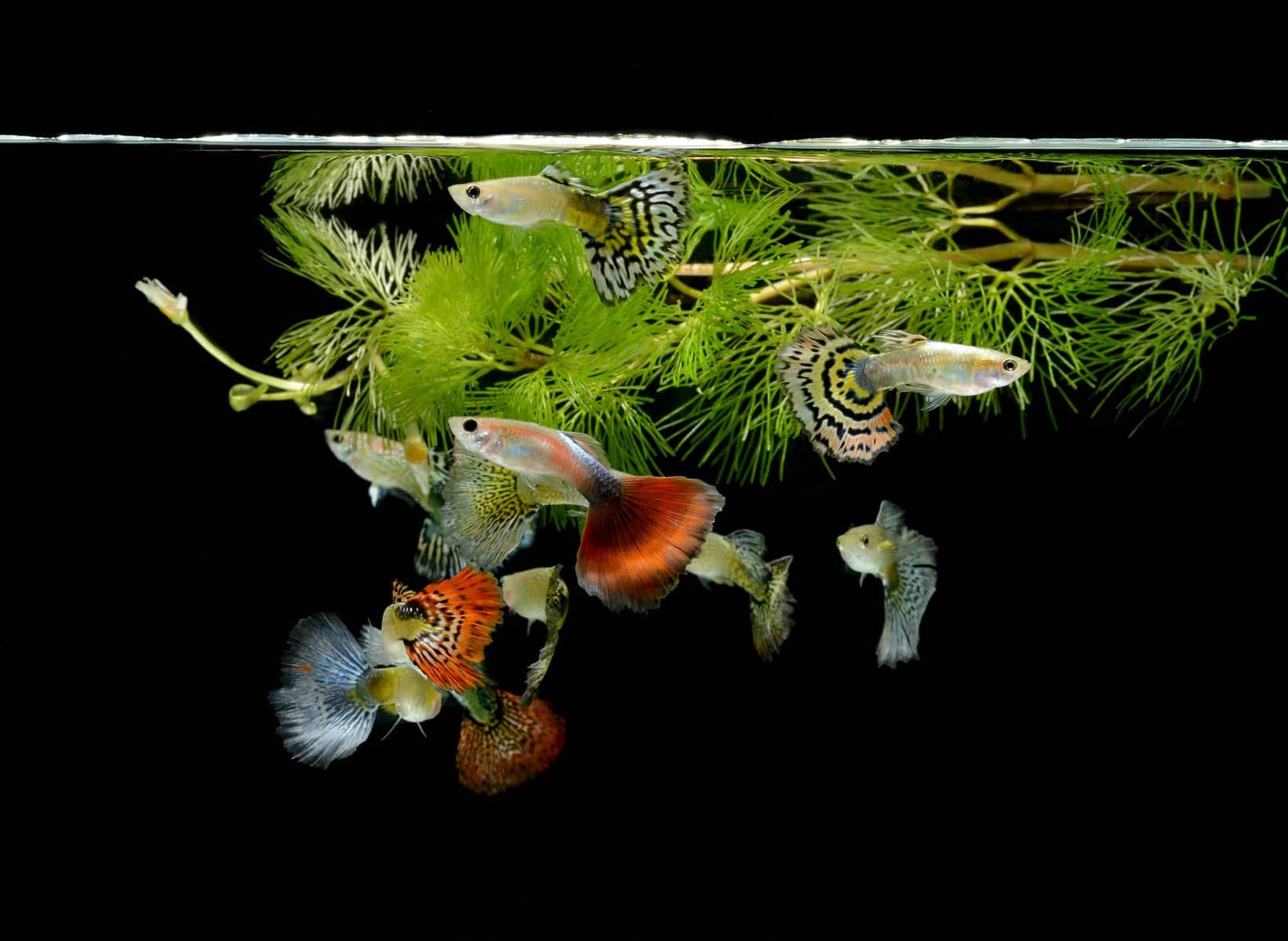

Landscaping Ideas
How To Plant Guppy Grass
Published: January 27, 2024
Learn how to plant guppy grass in your aquarium with our expert landscaping ideas. Create a beautiful underwater landscape with our step-by-step guide.
(Many of the links in this article redirect to a specific reviewed product. Your purchase of these products through affiliate links helps to generate commission for Storables.com, at no extra cost. Learn more)
Introduction
Guppy grass, also known as Najas guadalupensis, is a popular and versatile aquatic plant that can bring beauty and functionality to your aquarium. Whether you are a seasoned aquarist or just starting out, guppy grass can be a fantastic addition to your underwater landscape. This article will guide you through the process of planting and caring for guppy grass, helping you create a thriving aquatic environment for your fish.
Guppy grass is prized for its lush, vibrant green foliage and its ability to oxygenate water and provide shelter for fish fry and small aquatic creatures. Its undemanding nature and rapid growth make it an excellent choice for both experienced and novice aquarium enthusiasts. By understanding the essentials of selecting the right tank, preparing the environment, planting the guppy grass, and providing proper care, you can ensure the success of this beautiful aquatic plant in your aquarium.
Join us as we delve into the world of guppy grass and discover the steps to cultivate a flourishing aquatic habitat for your beloved fish. Let's embark on this journey to unlock the secrets of planting and nurturing guppy grass, enhancing the beauty and functionality of your underwater oasis.
Key Takeaways:
- Guppy grass is a versatile and easy-to-care-for aquatic plant that can thrive in various tank sizes, providing shelter for fish fry and contributing to a thriving underwater ecosystem.
- To successfully plant and care for guppy grass, it’s essential to choose the right tank, prepare the environment, and provide attentive care, including monitoring water quality and ensuring adequate lighting for the plant’s growth.
Read more: How To Propagate Guppy Grass
Choosing the Right Tank
When incorporating guppy grass into your aquarium, selecting the right tank is crucial for the well-being of both the plant and your aquatic inhabitants. Consider the following factors to ensure an optimal environment for guppy grass:
- Tank Size: Guppy grass can thrive in various tank sizes, but a larger tank provides more room for the plant to flourish and contributes to a stable aquatic ecosystem. A tank with a capacity of at least 10 gallons is recommended for accommodating guppy grass and maintaining water quality.
- Lighting: Adequate lighting is essential for the healthy growth of guppy grass. Choose a tank with sufficient lighting or invest in a quality aquarium light to support the plant’s photosynthesis process. LED lights are energy-efficient and can promote optimal growth for guppy grass.
- Filtration: An efficient filtration system is vital for maintaining water quality and supporting the oxygenation of guppy grass. Consider a reliable filter that provides gentle water flow, as excessive water movement can uproot the delicate roots of the plant.
- Water Parameters: Guppy grass is adaptable to a range of water parameters, including temperature and pH levels. However, it is essential to monitor and maintain stable water conditions to ensure the plant’s well-being. Invest in a quality water testing kit to regularly assess the tank’s parameters and make necessary adjustments.
- Compatibility: Assess the compatibility of guppy grass with your existing aquatic inhabitants. This versatile plant is generally well-suited for community tanks and can coexist harmoniously with a variety of fish species, providing shelter and contributing to a thriving ecosystem.
By carefully considering these factors and selecting a suitable tank, you can establish an ideal environment for guppy grass to thrive. The next step involves preparing the tank to accommodate this vibrant aquatic plant, setting the stage for successful cultivation and a visually stunning aquarium display.
Preparing the Tank
Before introducing guppy grass to your aquarium, it’s essential to prepare the tank to promote the plant’s growth and ensure a hospitable environment for your aquatic community. Follow these steps to prepare the tank for the successful integration of guppy grass:
- Clean the Tank: Thoroughly clean the aquarium, including the substrate, decorations, and glass surfaces, to remove any debris, algae, or contaminants that could hinder the plant’s development. Use an aquarium-safe cleaning tool and water to maintain a pristine environment for guppy grass.
- Arrange the Substrate: Select a suitable substrate for the tank, such as fine gravel or sand, to anchor the guppy grass. Spread the substrate evenly across the tank’s bottom, creating a stable foundation for the plant’s roots to establish and thrive.
- Position Decorations: Arrange aquatic decorations, such as rocks or driftwood, to complement the aesthetic appeal of the tank while providing additional anchoring points for the guppy grass. Ensure that the decorations are securely positioned to prevent displacement once the plant is introduced.
- Establish Water Flow: Set up the filtration system to promote gentle water flow within the tank. Position the filter outlets to minimize direct water currents that could dislodge the guppy grass, while still ensuring effective water circulation and oxygenation throughout the aquarium.
- Monitor Water Parameters: Before adding the guppy grass, assess and adjust the water parameters to create an optimal aquatic environment. Ensure that the temperature, pH levels, and water hardness are within the suitable range for guppy grass and your fish species, fostering a harmonious and thriving ecosystem.
By meticulously preparing the tank and creating a conducive setting for guppy grass, you can lay the groundwork for successful plant integration and sustained growth. With the tank primed and ready, the next step involves the careful and strategic planting of guppy grass to maximize its visual impact and beneficial contributions to the aquarium ecosystem.
When planting guppy grass, make sure to provide it with plenty of light and nutrients. It can be anchored down with weights or left to float. Regular pruning will help it grow thick and healthy.
Planting Guppy Grass
Planting guppy grass is a rewarding and straightforward process that can elevate the visual appeal of your aquarium while enhancing its ecological balance. Follow these steps to effectively plant guppy grass in your aquatic environment:
- Prepare the Guppy Grass: Upon acquiring guppy grass, carefully rinse the plant in aquarium water to remove any potential contaminants or impurities. Trim any excessive or damaged portions of the plant to promote healthy growth and ensure a neat appearance within the tank.
- Anchoring the Plant: Guppy grass can be anchored in the substrate using weights or planted directly into the substrate. If using weights, gently secure them to the base of the plant to facilitate its initial positioning within the tank. Alternatively, plant the guppy grass directly into the substrate by carefully inserting the stems to achieve a stable and aesthetically pleasing arrangement.
- Distribute the Plant: Disperse the guppy grass throughout the aquarium, strategically situating the plant to optimize its visual impact and functional benefits. Consider creating clusters or spreading the plant across designated areas to promote a natural and vibrant underwater landscape.
- Monitor Planting Depth: Ensure that the guppy grass is planted at an appropriate depth within the substrate, allowing the roots to establish and the foliage to reach optimal sunlight for photosynthesis. Avoid burying the plant too deeply, as this can impede its growth and vitality.
- Observe Plant Stability: After planting the guppy grass, observe its stability within the tank. Make adjustments as needed to secure the plant and prevent displacement due to water currents or the activities of aquatic inhabitants.
By following these steps, you can effectively plant guppy grass in your aquarium, creating a visually captivating and functional aquatic environment. The next crucial phase involves providing attentive care to ensure the sustained health and vibrancy of guppy grass within your aquatic landscape.
Caring for Guppy Grass
Proper care is essential to maintain the health and vitality of guppy grass, ensuring its continued contribution to the aesthetics and ecological balance of your aquarium. By implementing the following care guidelines, you can support the optimal growth and longevity of guppy grass within your aquatic environment:
- Lighting and Photosynthesis: Provide adequate lighting for guppy grass to support its photosynthetic processes. Aim for a consistent lighting schedule, ensuring that the plant receives sufficient light to thrive. Monitor the intensity and duration of light exposure to prevent excessive algae growth while promoting the lush green foliage of guppy grass.
- Water Quality Maintenance: Regularly monitor and maintain water quality parameters, including temperature, pH levels, and nutrient levels. Conduct routine water changes and utilize a reliable filtration system to uphold pristine water conditions, fostering an optimal environment for guppy grass and other aquatic inhabitants.
- Pruning and Maintenance: Periodically trim and maintain guppy grass to prevent overgrowth and maintain a tidy appearance within the aquarium. Remove any decaying or discolored portions of the plant to promote healthy regrowth and prevent potential detriments to water quality.
- Supplemental Nutrition: Consider supplementing the tank with liquid or substrate-based fertilizers to provide essential nutrients for guppy grass. Select fertilizers specifically formulated for aquatic plants and follow the recommended dosage to support the plant’s nutritional requirements and overall well-being.
- Observation and Adjustment: Regularly observe the growth and condition of guppy grass, noting any changes in appearance or vitality. Adjust care practices as needed based on the plant’s response and the evolving dynamics of the aquarium ecosystem.
By conscientiously tending to the lighting, water quality, maintenance, and nutritional needs of guppy grass, you can nurture a thriving and visually striking aquatic plant within your aquarium. With attentive care, guppy grass can flourish and contribute to a vibrant underwater landscape, enriching the habitat of your cherished aquatic companions.
Read more: How To Plant Wheatgrass
Conclusion
Embarking on the journey of planting and nurturing guppy grass in your aquarium opens the door to a world of beauty, functionality, and ecological harmony. This versatile aquatic plant, with its lush green foliage and valuable contributions to the underwater ecosystem, has the potential to transform your aquarium into a captivating and thriving habitat for your fish and other aquatic inhabitants.
By carefully selecting the right tank, preparing the environment, planting guppy grass, and providing attentive care, you can cultivate a dynamic aquatic landscape that showcases the natural splendor of this resilient plant. The benefits of incorporating guppy grass into your aquarium extend beyond its visual appeal, as it also serves as a shelter for fish fry, contributes to water oxygenation, and enhances the overall well-being of your aquatic community.
As you navigate the process of caring for guppy grass, remember that patience, observation, and a proactive approach are key elements in fostering its sustained growth and vitality. Regularly assessing the plant’s condition, maintaining optimal water quality, and addressing its nutritional needs are essential components of nurturing a flourishing guppy grass population within your aquarium.
With dedication and a deep appreciation for the natural wonders of aquatic flora, you can create an enchanting underwater realm that reflects the beauty and balance of a thriving ecosystem. The presence of guppy grass enriches not only the visual aesthetics of your aquarium but also the intricate web of life within, fostering a harmonious and captivating aquatic environment for you and your beloved aquatic companions to enjoy.
As you continue to explore the art of aquarium gardening and immerse yourself in the wonders of guppy grass, may your aquatic landscape flourish with vitality, color, and the timeless allure of nature’s aquatic tapestry.
Frequently Asked Questions about How To Plant Guppy Grass
Was this page helpful?
At Storables.com, we guarantee accurate and reliable information. Our content, validated by Expert Board Contributors, is crafted following stringent Editorial Policies. We're committed to providing you with well-researched, expert-backed insights for all your informational needs.
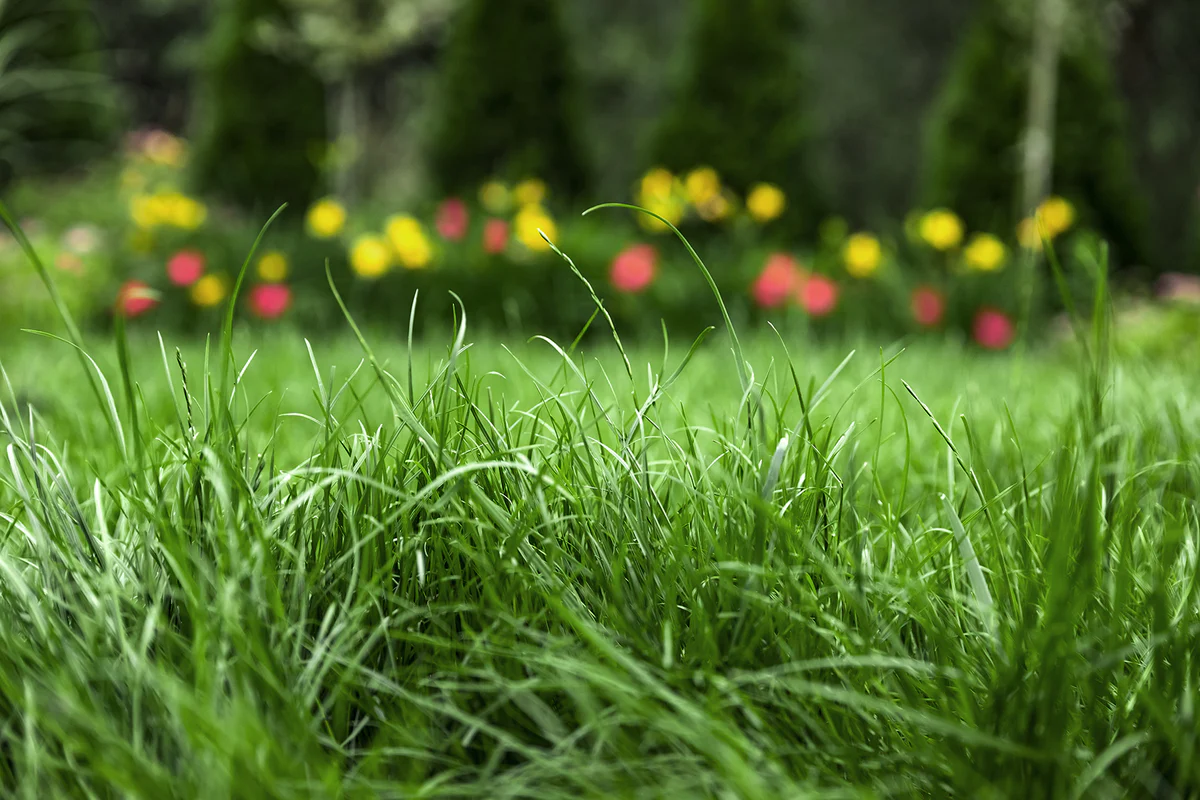
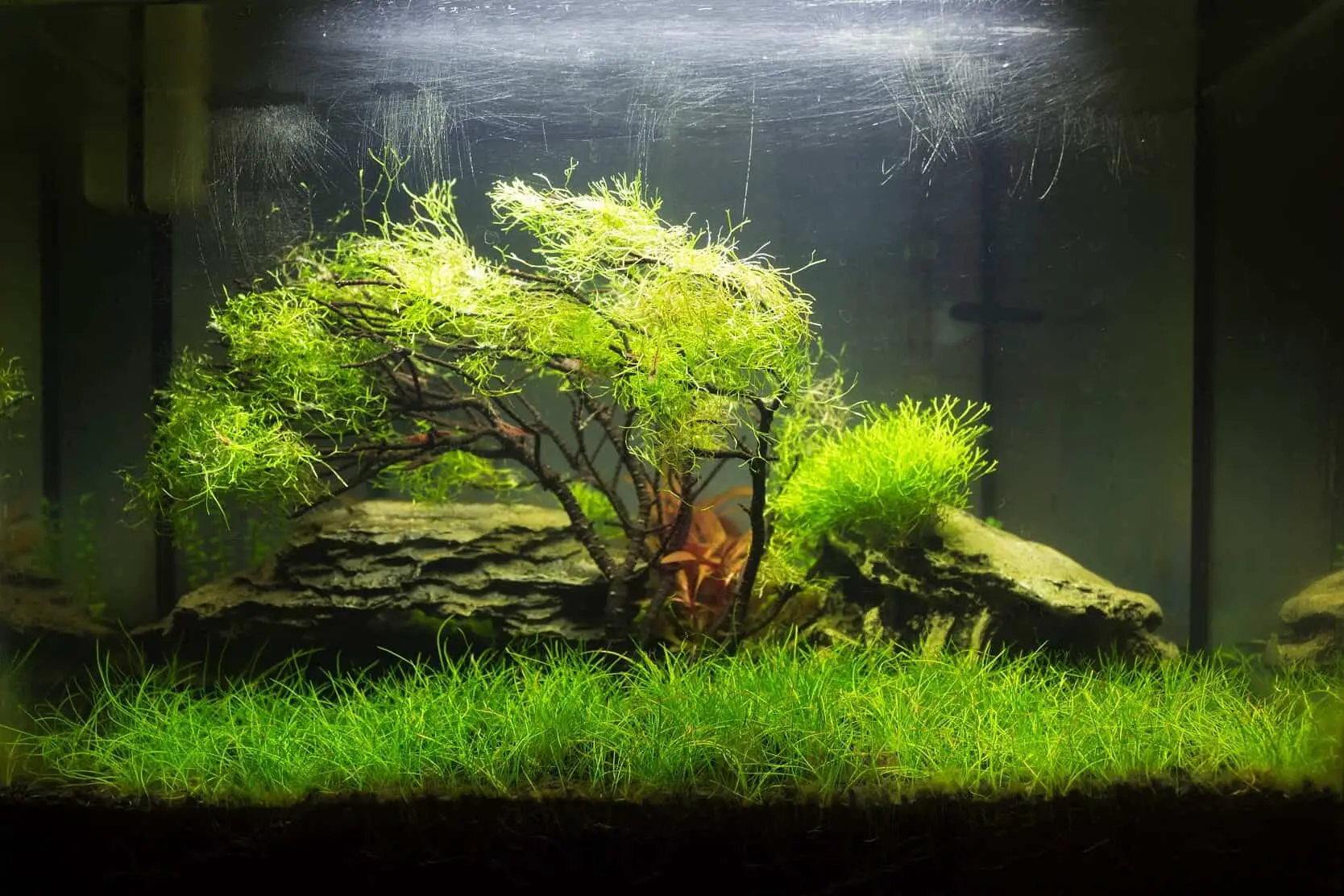
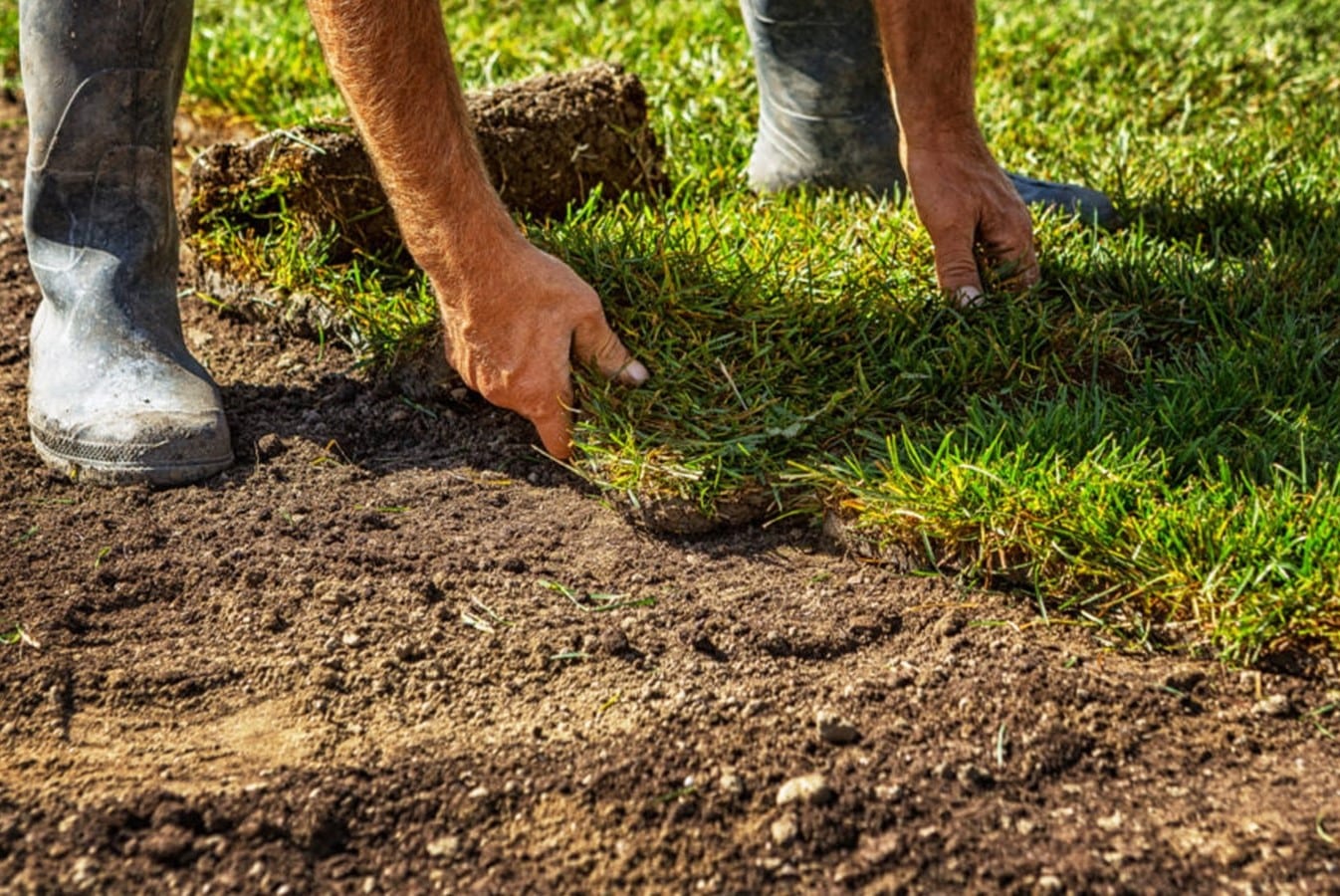
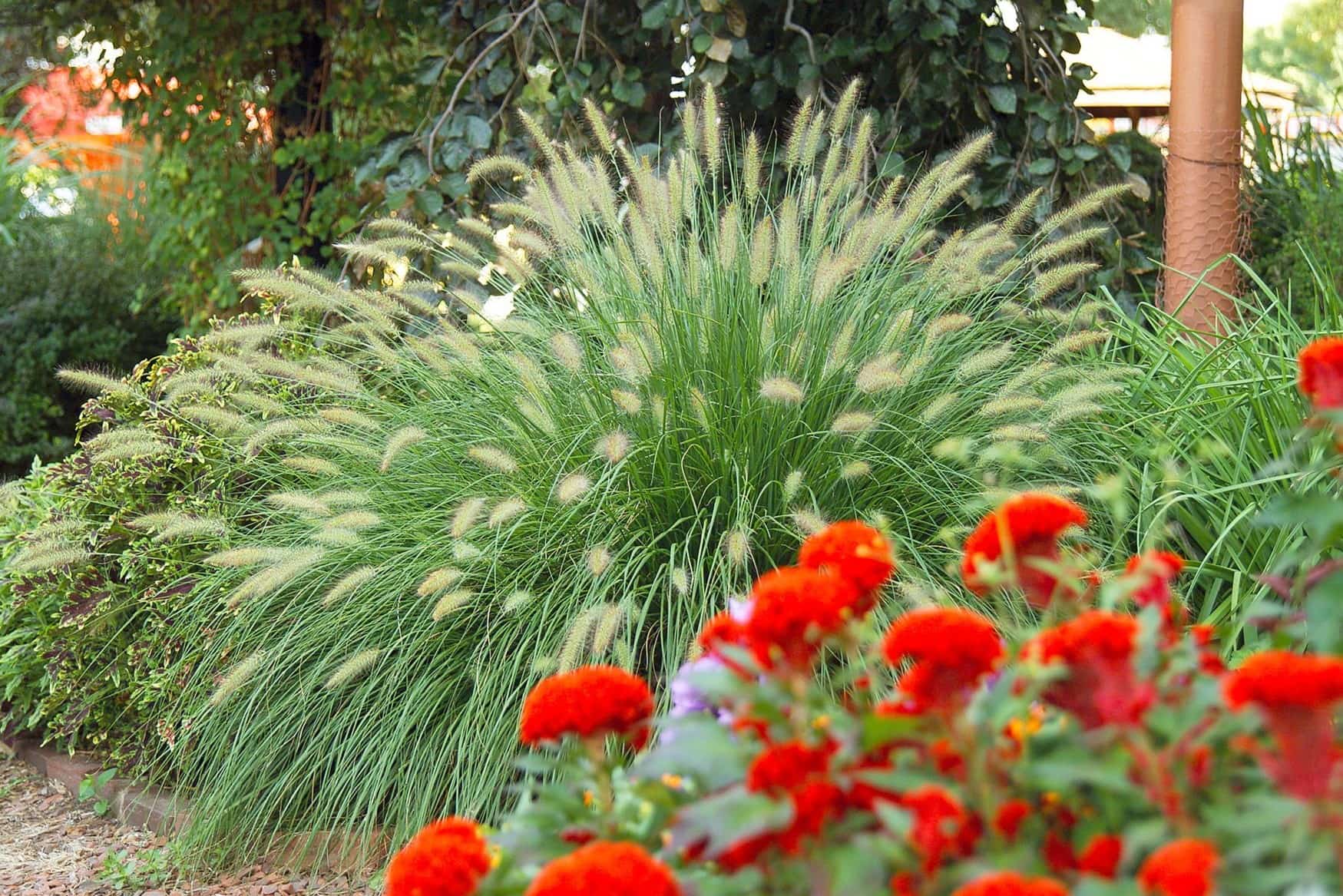
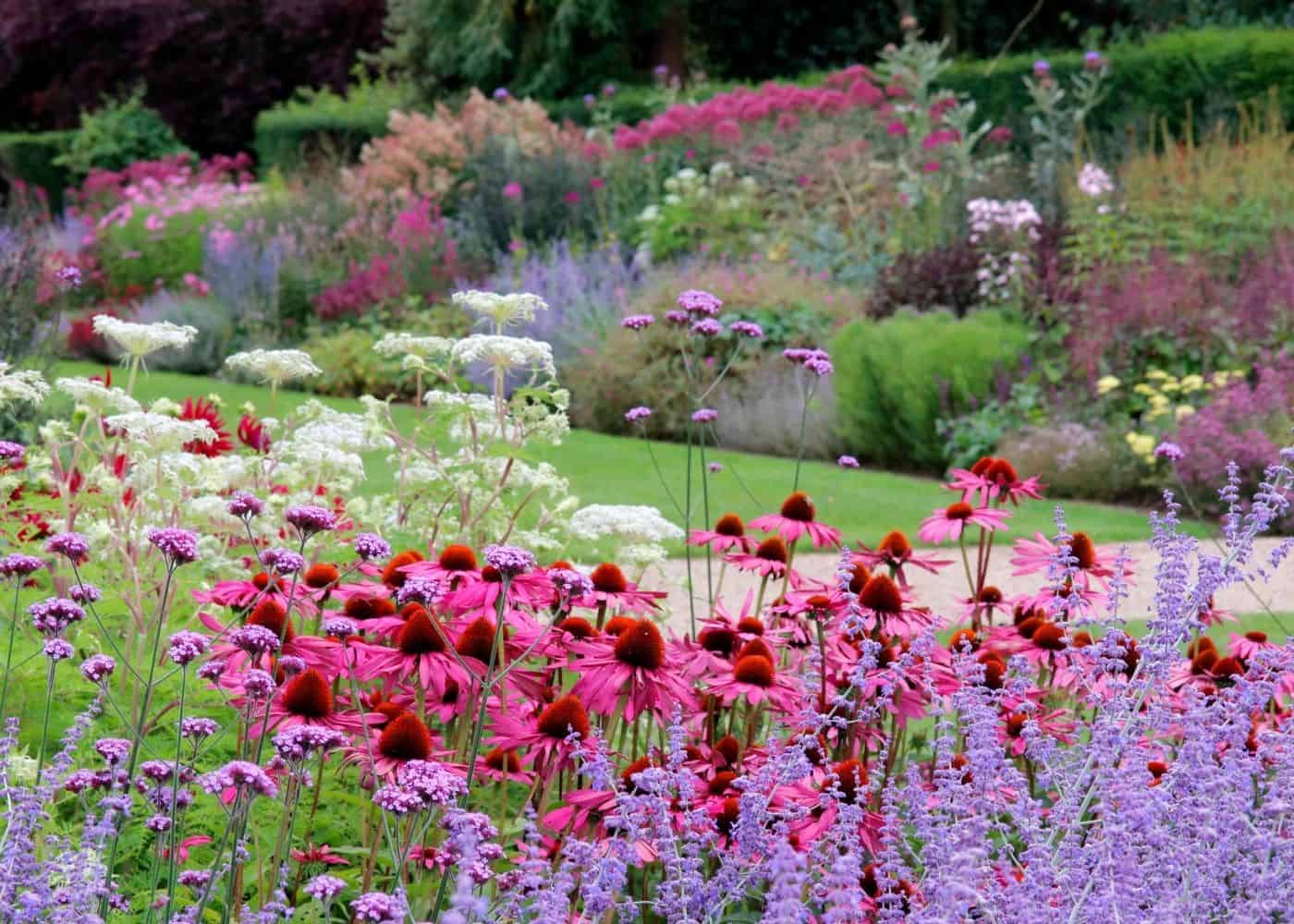
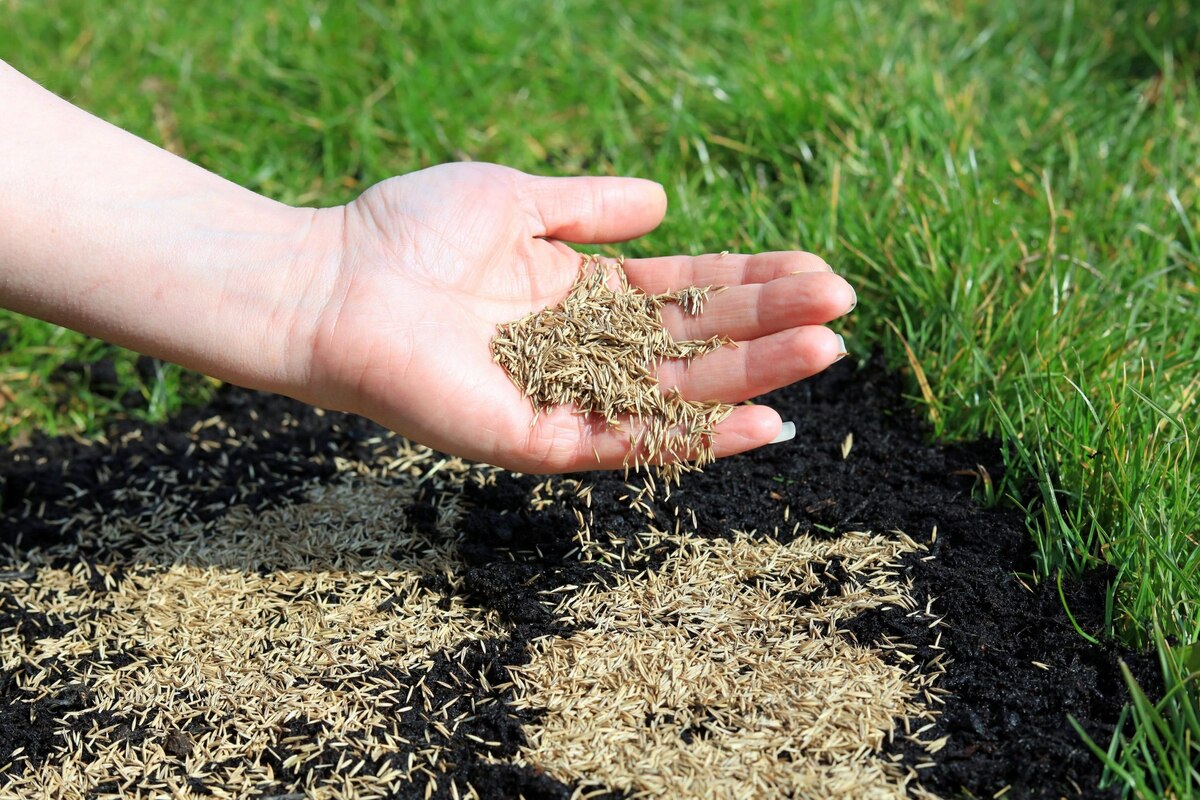
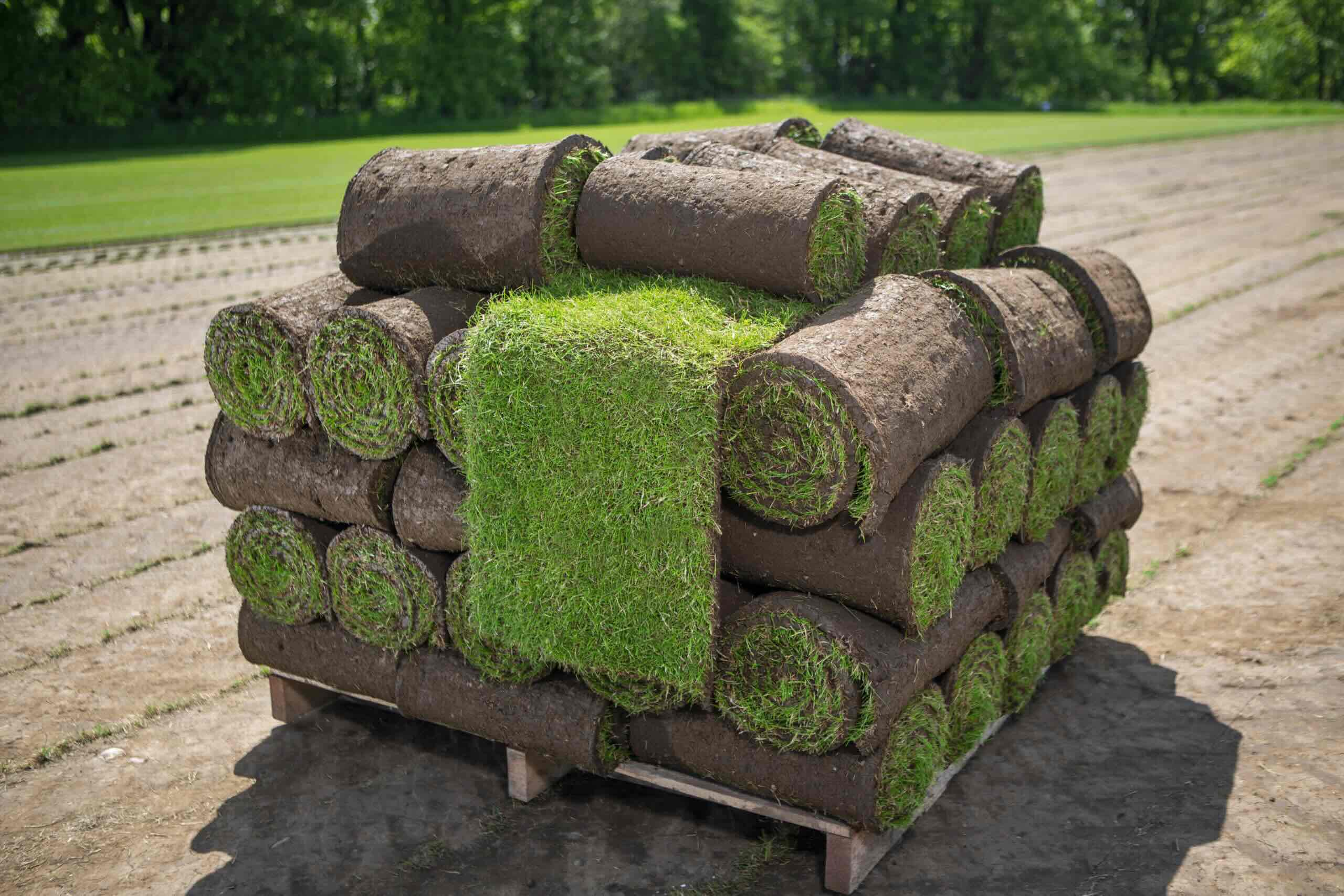
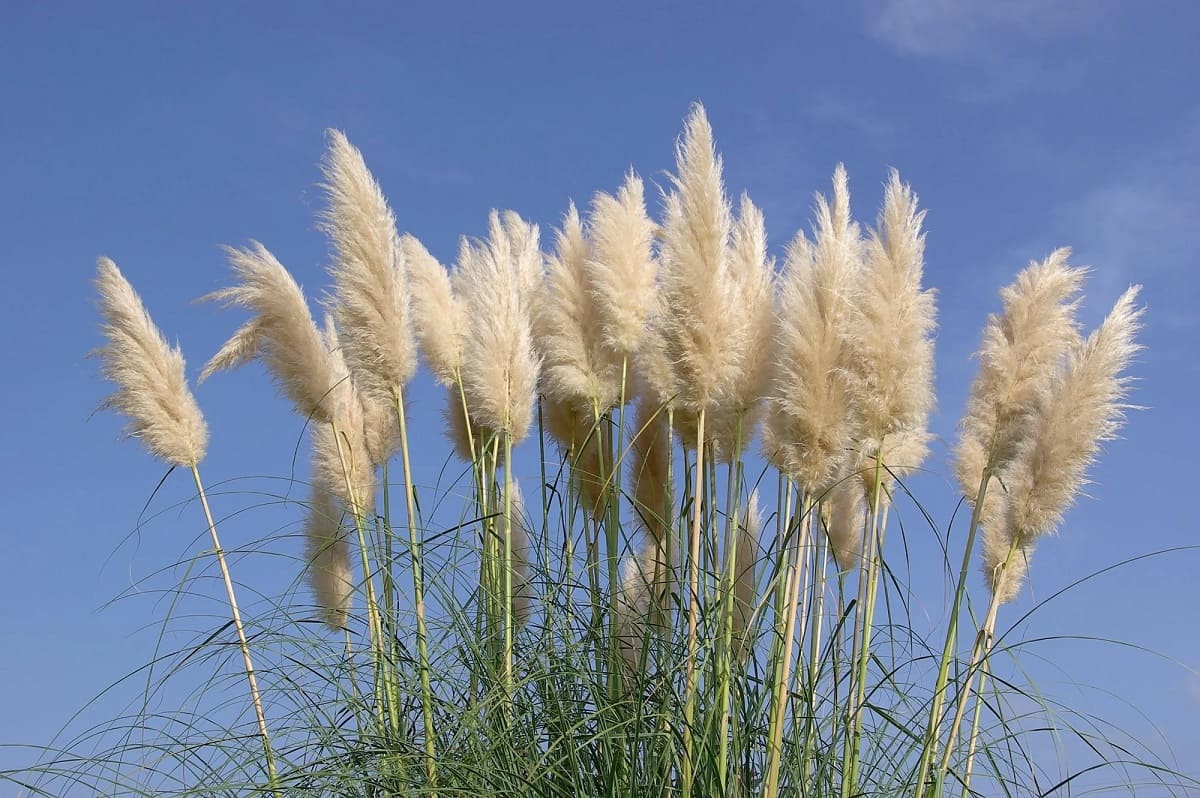
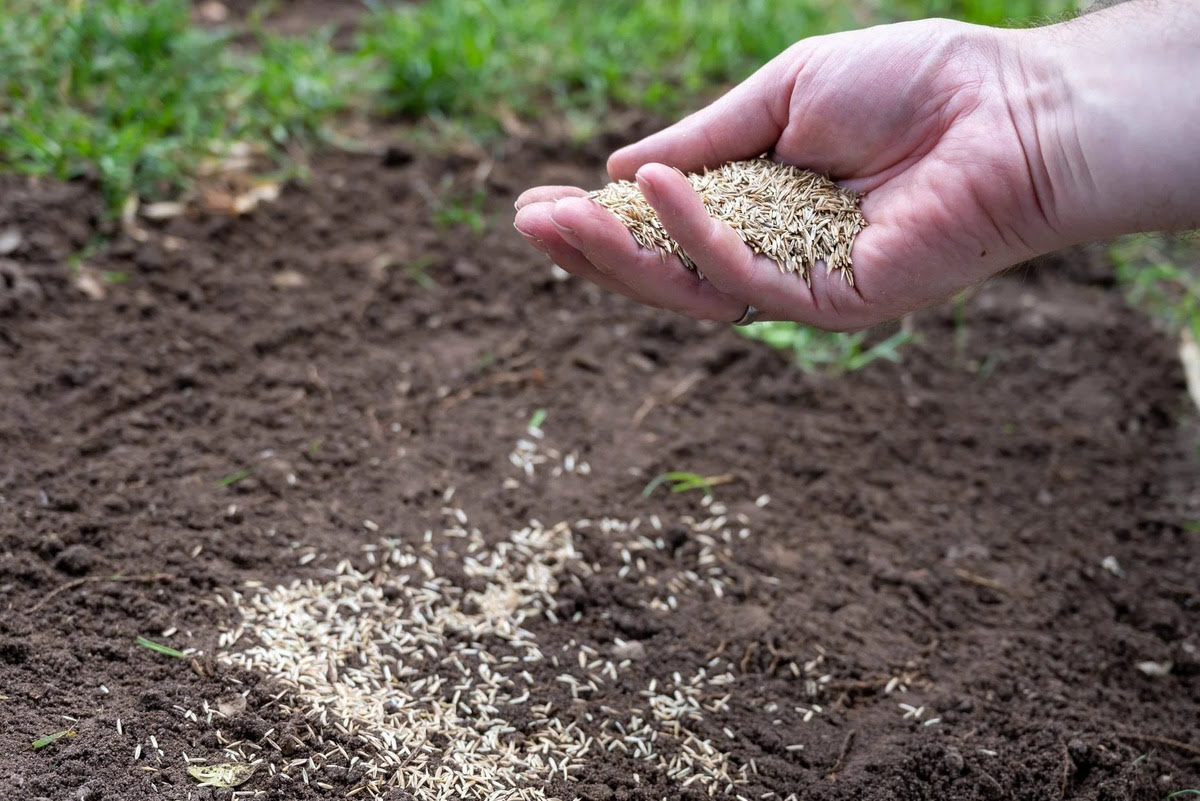

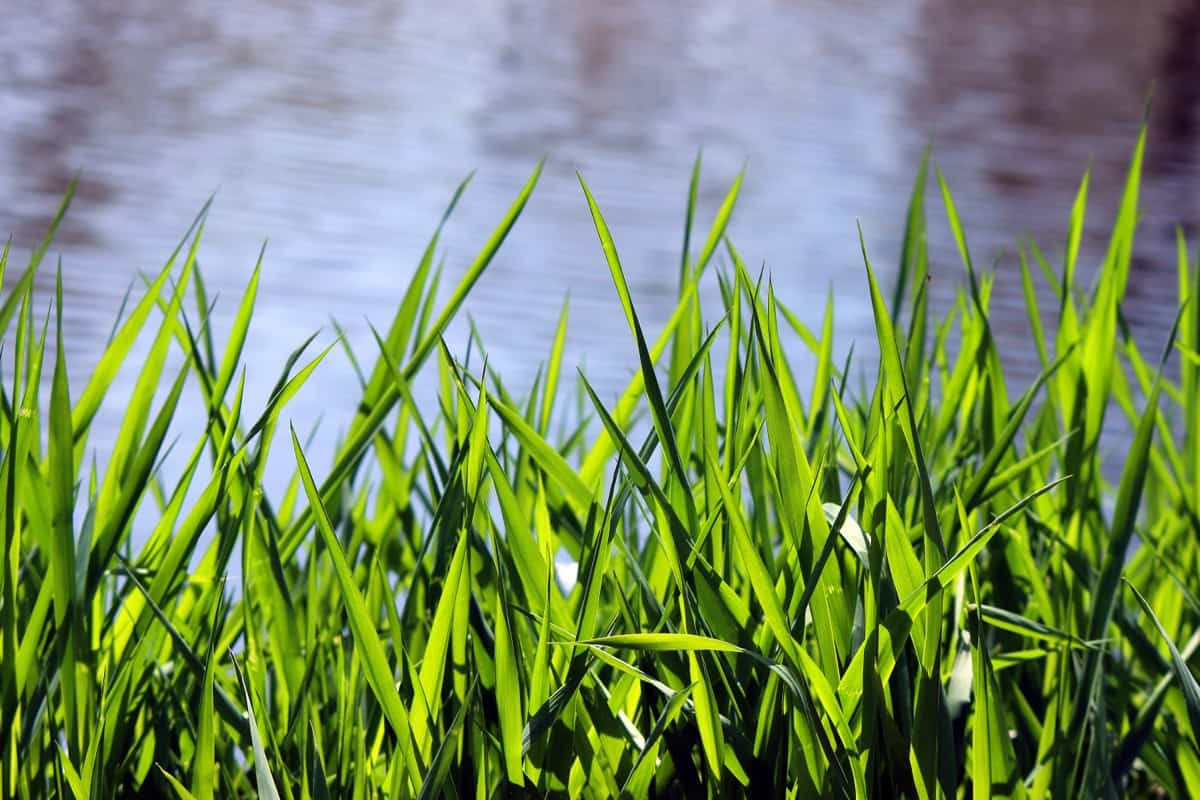
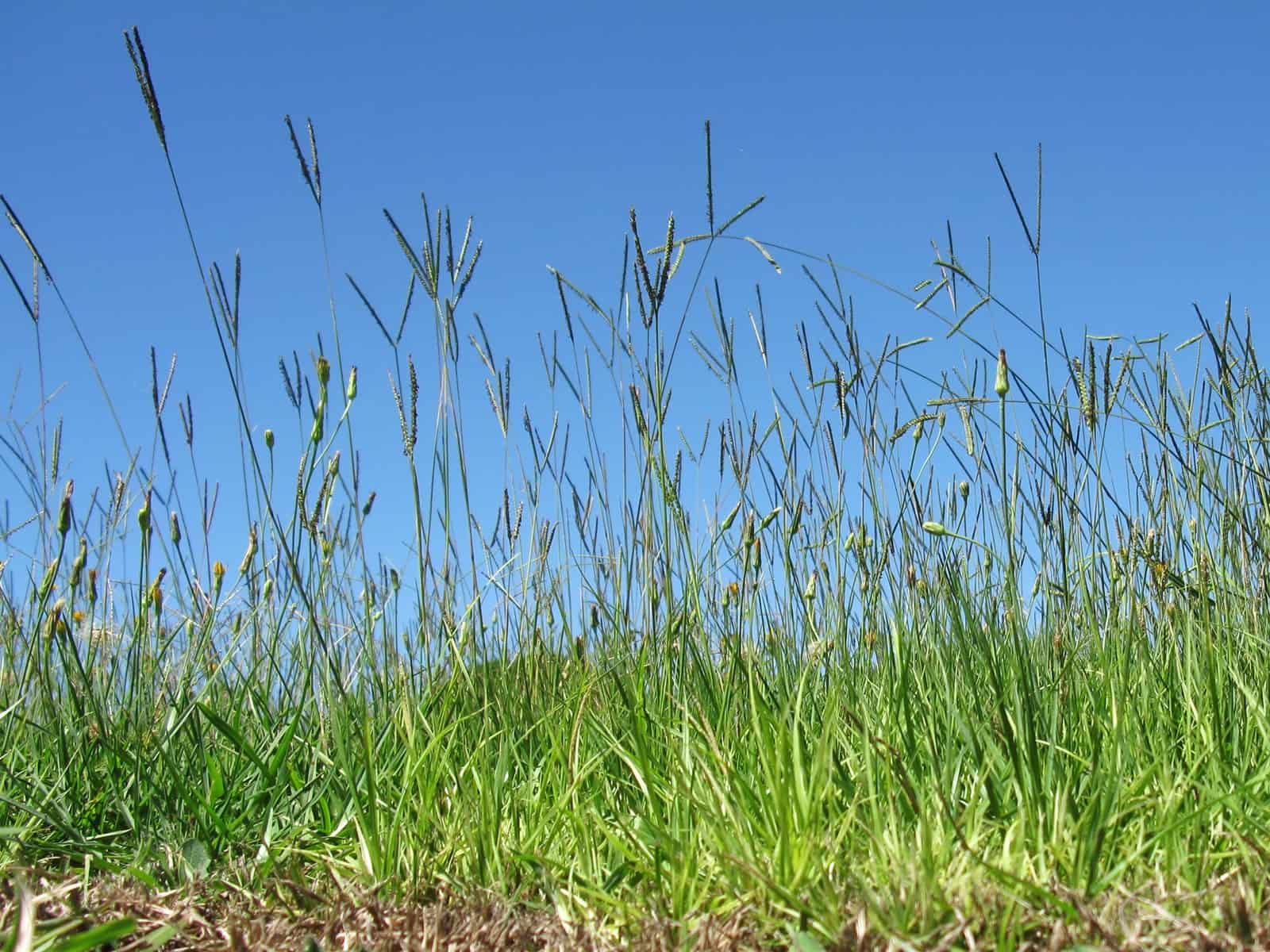
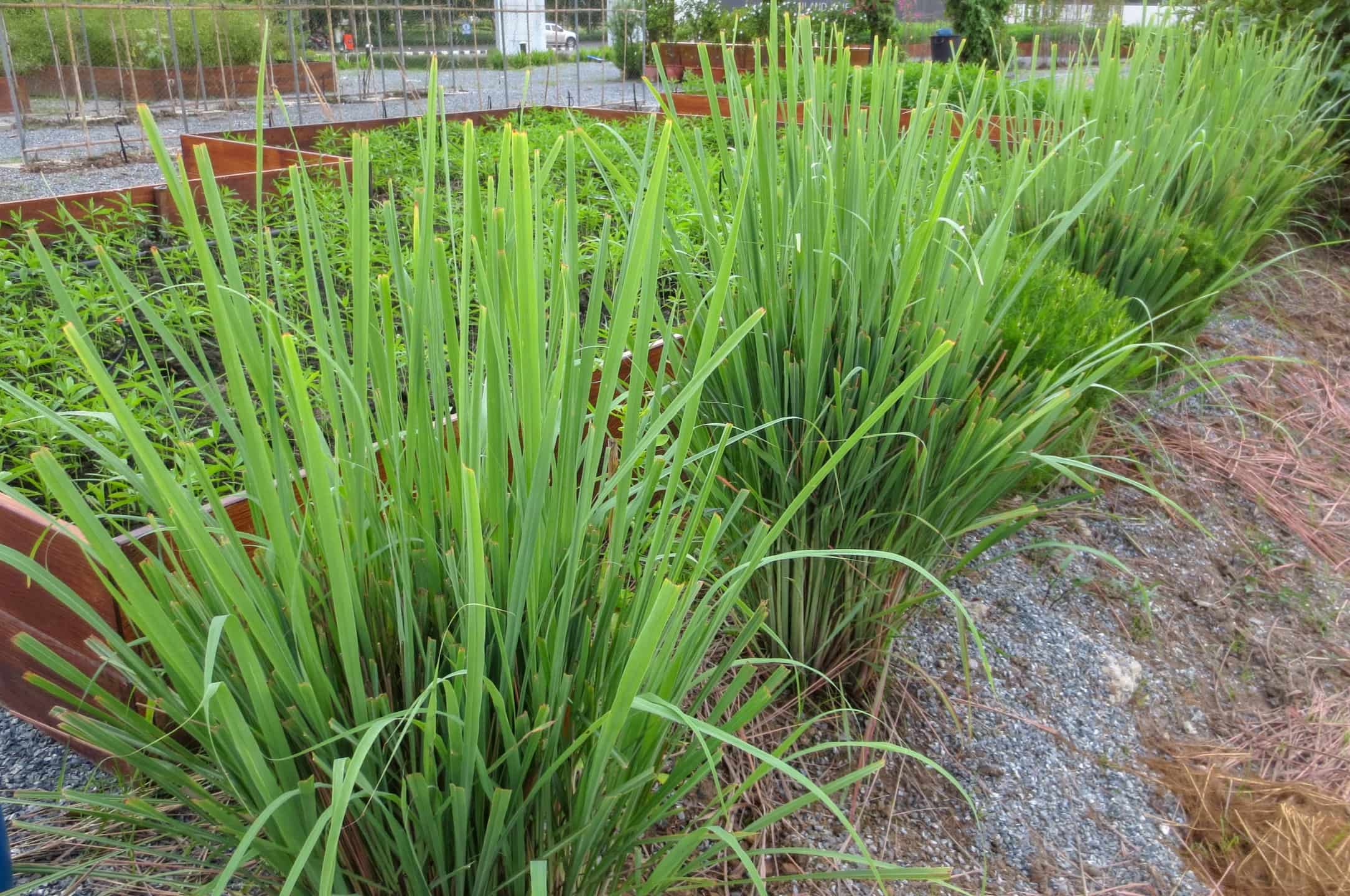
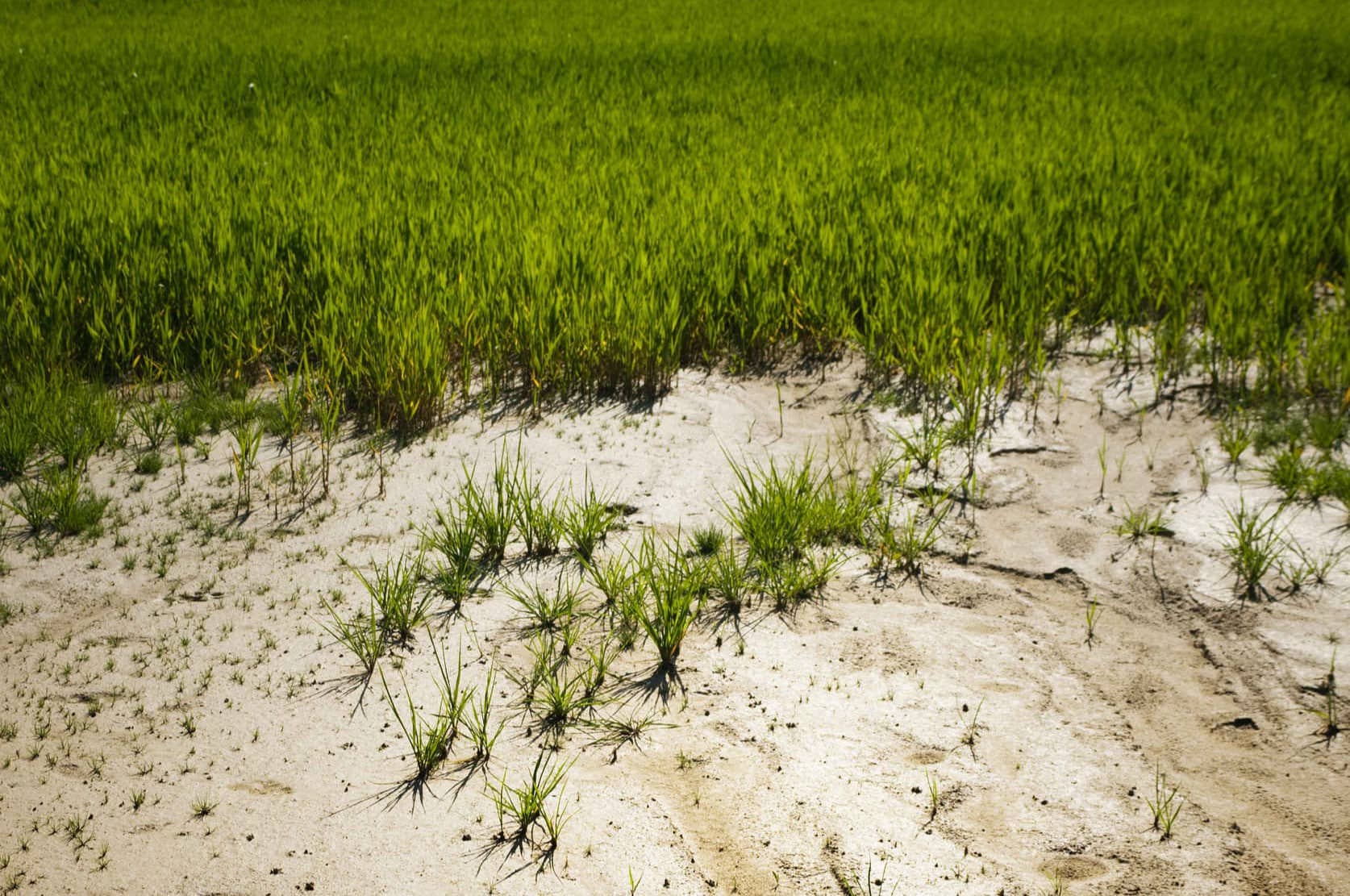

0 thoughts on “How To Plant Guppy Grass”